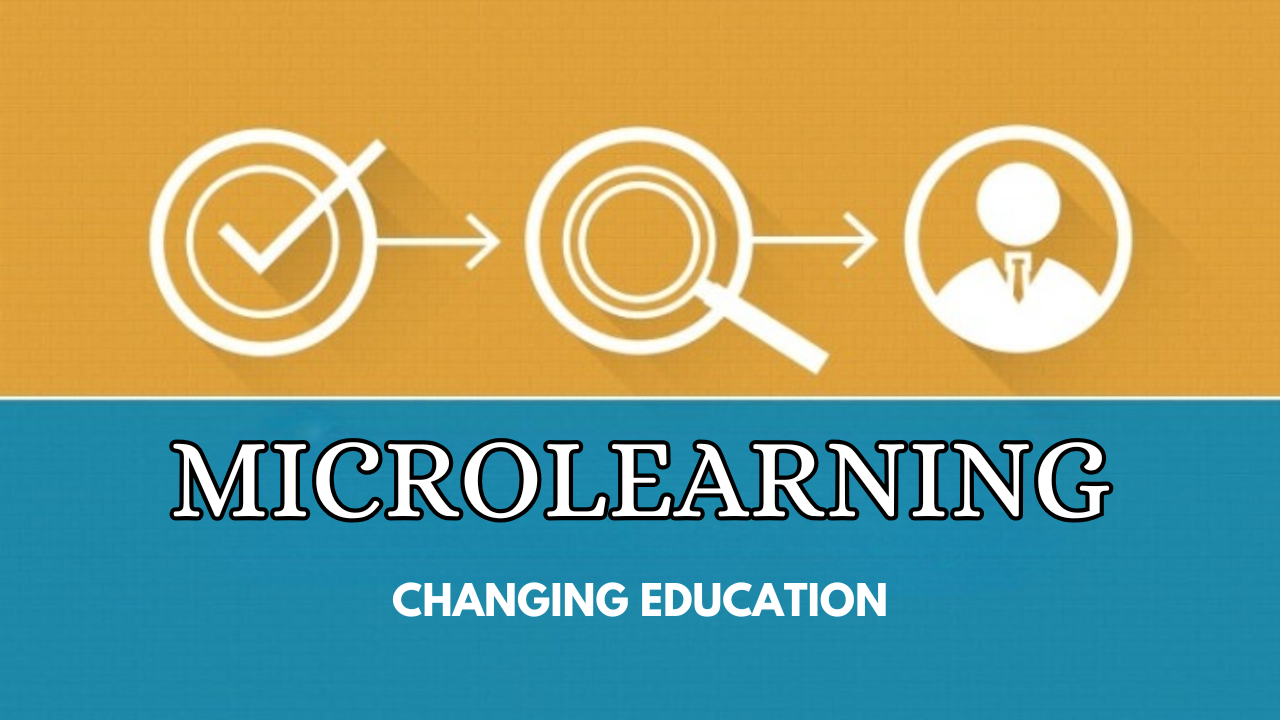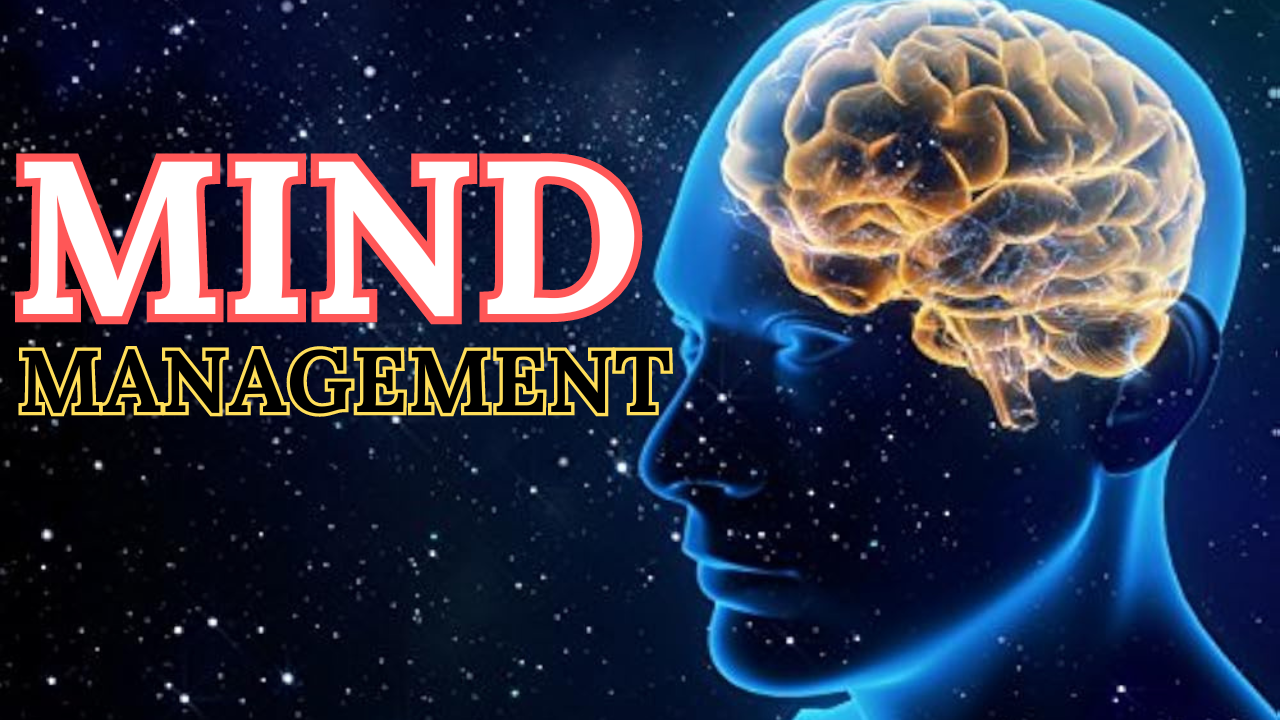In today’s fast-paced world, people are constantly showered with information. This can make it difficult to focus and learn new things. Microlearning is a modern approach to education that breaks down large topics into smaller, more manageable chunks. This method helps learners stay focused and retain information more effectively. Although microlearning is not a new concept, it has gained significant popularity in recent years. Factors such as the rise of mobile learning, the demand for just-in-time learning, and changing learner preferences have contributed to its widespread adoption.
What is Microlearning?
Microlearning is a learning approach that delivers educational content in short, bite-sized chunks. These chunks are typically no longer than 10-15 minutes and can be presented in various formats, such as videos, infographics, quizzes, and podcasts. Microlearning is designed to be easy to digest and absorb, allowing learners to access it at their own pace and on their own time.
Benefits of Microlearning:
There are several benefits to microlearning, including:
- Increased Engagement: Microlearning is more engaging than traditional learning methods because it breaks down large topics into smaller, more manageable chunks. This makes it easier for learners to stay focused and motivated.
- Improved Retention: Research has shown that microlearning can improve retention rates, as learners are better able to process and absorb information when it is presented in short, bite-sized chunks.
- Flexibility: Microlearning offers flexibility, allowing learners to access content at their own pace and on their own time. This makes it an excellent option for busy individuals with limited time.
- Cost-Effectiveness: Microlearning can be a cost-effective way to deliver training, as it can be provided online or through mobile devices.
- Scalability: Microlearning is scalable and can be easily adapted to the needs of different learners.
How to Use Microlearning:
Microlearning can be employed in various settings, including:
- Corporate Training: Microlearning can be used to train employees on new skills or update their knowledge on existing topics.
- Education: Microlearning can supplement traditional classroom learning or provide students with additional resources.
- Personal Development: Microlearning can help individuals learn new skills or improve existing ones.
Best Practices for Microlearning:
When creating microlearning content, it is essential to follow these best practices:
- Keep It Short: Microlearning chunks should be no longer than 10-15 minutes.
- Focus on One Topic: Each microlearning chunk should concentrate on one specific topic.
- Use a Variety of Formats: Microlearning content can be delivered in various formats, such as videos, infographics, quizzes, and podcasts.
- Make It Interactive: Microlearning content should be interactive, allowing learners to engage with the material and test their knowledge.
- Ensure Mobile-Friendliness: Microlearning content should be mobile-friendly so that learners can access it on their smartphones and tablets.
The Future of Microlearning:
Microlearning is a growing trend in education, and it is likely to continue gaining popularity. This is because microlearning is flexible, engaging, and effective. As microlearning evolves, we can expect to see even more innovative and effective ways to use this approach.
For example, new microlearning formats, such as virtual reality and augmented reality, may emerge. Additionally, new methods of delivering microlearning content, such as chatbots and smart speakers, may develop. The future of microlearning is bright, and it is expected to play an increasingly important role in education.
Key Trends Shaping the Future of Microlearning:
Several key trends are shaping the future of microlearning:
- The Rise of Mobile Learning: With more people using their smartphones and tablets to access the internet, microlearning content must be mobile-friendly to reach learners on the go.
- Demand for Just-in-Time Learning: In today’s fast-paced world, people need to learn new things quickly and easily. Microlearning is well-suited for this need, as it can be delivered in short, bite-sized chunks that can be consumed on demand.
- Use of Artificial Intelligence (AI): AI is being used to create more personalized and engaging microlearning experiences. For example, AI can track learners’ progress and adapt the content accordingly.
- Growth of the Blended Learning Market: Blended learning combines traditional classroom learning and online learning. Microlearning is a natural fit for blended learning, as it can supplement traditional classroom instruction or provide learners with additional resources.
As these trends continue to evolve, we can expect even more innovative and effective ways to use microlearning. It is already having a positive impact on education and is poised to become even more important in the future.
Examples of Microlearning in Action:
Here are some specific examples of how microlearning is being used in the real world:
- LinkedIn Learning: LinkedIn Learning offers a variety of microlearning courses on various topics. These courses are short, engaging, and relevant to the needs of working professionals.
- Khan Academy: Khan Academy provides a free online library of microlearning courses on various subjects, including math, science, and history. These courses are designed to be accessible to learners of all ages and abilities.
- Duolingo: Duolingo is a popular language-learning app that uses microlearning to teach users new languages. The app’s short, interactive lessons are designed to be easy to digest and absorb.
These examples illustrate how microlearning is being used today. As the future of microlearning unfolds, we can expect even more innovative and effective ways to use this approach.
Pros and Cons of Microlearning:
Microlearning has several pros and cons. Here are some of the most important ones:
Pros:
- Increased Engagement: Microlearning is more engaging than traditional learning methods, as it breaks down large topics into smaller, more manageable chunks. This makes it easier for learners to stay focused and motivated.
- Improved Retention: Microlearning has been shown to improve retention rates, as learners can process and absorb information more effectively when it is presented in short, bite-sized chunks.
- Flexibility: Microlearning is flexible, so learners can access it at their own pace and on their own time. This makes it a good option for busy learners with limited time.
- Cost-Effectiveness: Microlearning can be a cost-effective way to deliver training, as it can be delivered online or through mobile devices.
- Scalability: Microlearning is scalable, so it can be easily adapted to the needs of different learners.
Cons:
- Shallow Learning: Microlearning can sometimes be shallow, as it may not provide learners with the depth of knowledge they need.
- Lack of Interaction: Microlearning can lack interaction, as it may not provide learners with opportunities to engage with the content or other learners.
- Technology Dependence: Microlearning is technology-dependent, so learners need access to the necessary technology to participate.
- Cost of Creation: Microlearning can be costly to create, as it requires developing high-quality content.
Additional Considerations:
When using microlearning, consider the following:
- Content: Microlearning content should be concise, clear, and engaging. It should also be relevant to learners’ needs.
- Delivery: Microlearning content should be delivered in a way that is easy to access and use. It should also be mobile-friendly, so learners can access it on their smartphones and tablets.
- Assessment: Microlearning content should include some form of assessment to measure learners’ progress. This assessment can be in the form of quizzes, tests, or other activities.
Conclusion:
Microlearning is a versatile learning tool that can be used in various settings. When used effectively, it can help learners quickly and easily acquire new knowledge and skills. As microlearning continues to evolve, we can expect to see even more innovative and effective ways to use this approach to learning.
FAQs:
1. What is microlearning?
Microlearning is a learning approach that delivers short, bite-sized educational content.
2. How long are microlearning sessions?
Microlearning sessions are typically 10-15 minutes long.
3. What are the benefits of microlearning?
Benefits include increased engagement, improved retention, flexibility, cost-effectiveness, and scalability.
4. How is microlearning delivered?
It can be delivered in various formats, such as videos, infographics, quizzes, and podcasts.
5. Where can microlearning be used?
It can be used in corporate training, education, and personal development.
6. Is microlearning mobile-friendly?
Yes, microlearning content is designed to be accessible on smartphones and tablets.


